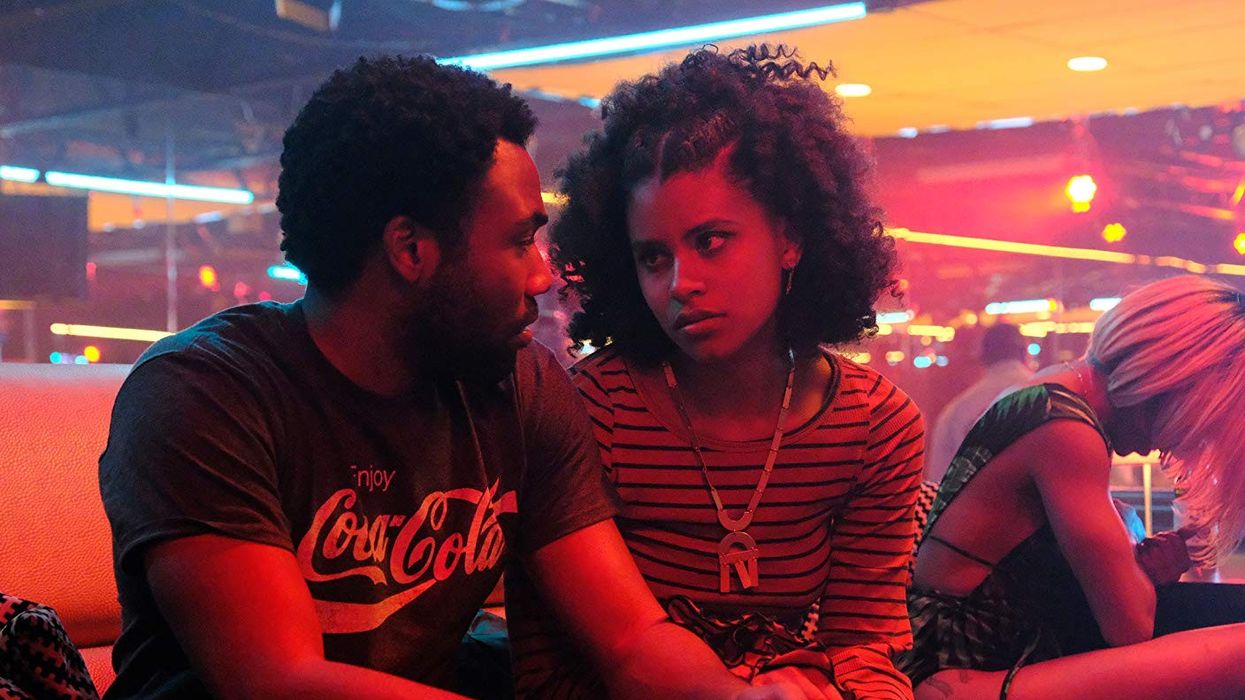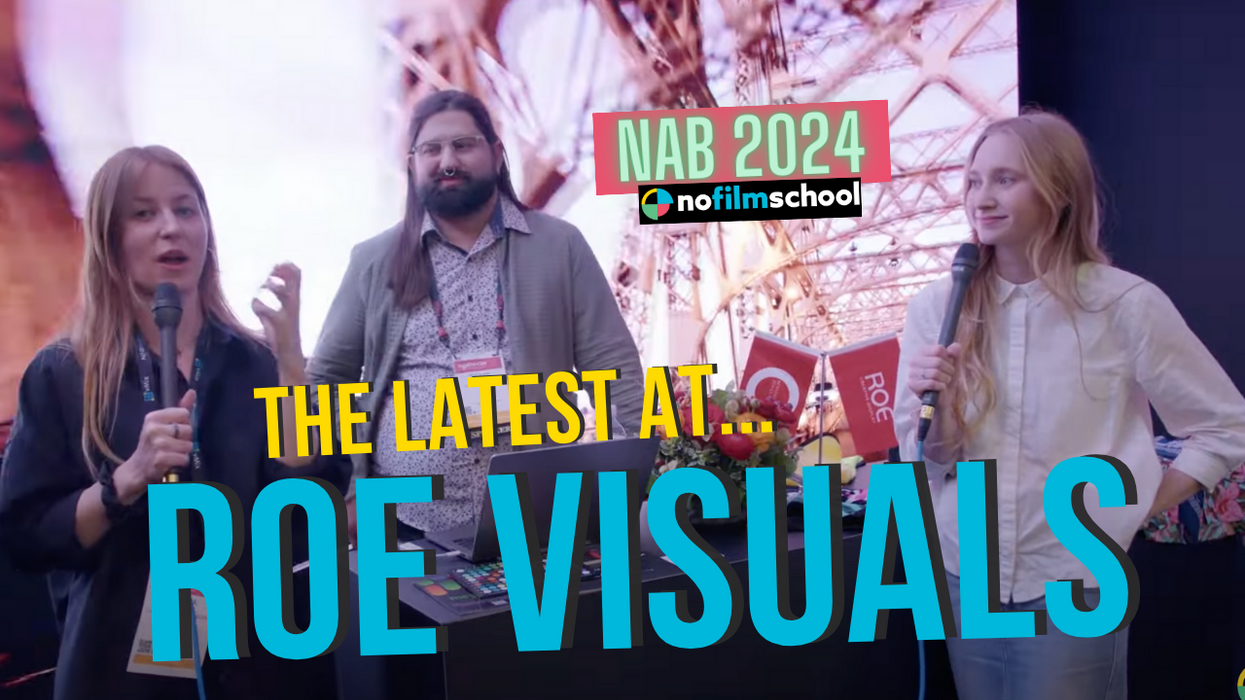Did Cinematography Usher in TV's Modern Golden Age?
Modern movies and television shows look almost identical as far as visuals are concerned, but it hasn't always that way.

If you examined pre-1990s TV shows, what is one thing that you'd notice that they all have in common? Other than laugh tracks and well-worn tropes, something that jumps immediately to mind might be cinematography. It's true, programs from the late 40s well into the 90s all—kind of—look the same: the same few angles, the same few shot sizes, the same flat, even lighting that became the hallmark of the sitcom.
So, how did we go from the muted aesthetics of I Love Lucy to the soul-crushing beauty of The Handmaid's Tale?
In this video, the team over at Aputure goes over the evolution of cinematography in TV, from the early days of the 3-camera sitcom to today's moody and dramatic lighting setups. Check it out below:
We can all thank Oscar-winning cinematographer Karl Freund (Metropolis, The Good Earth) for the standardization and streamlining of television cinematography. Not only did he design the "flat lighting" system used in early sitcoms, as well as modern sitcoms of today, but he also advanced the 3-camera shooting system.
In fact, it took great pressure from Desi Arnaz to attach Freund to one of the most famous sitcoms of all time, I Love Lucy, because, firstly, the DP wasn't “interested in TV" because he was "an Academy Award winner," and secondly because he thought having to light each camera setup differently would be too difficult, presumably due to the fact that shows at the time were filmed in front of a live studio audience.
However, despite Freund's contribution to television, directors and cinematographers began to rebuff the thought that TV was the poor man's cinema and began implementing visual and narrative techniques commonly used in film. For example, David Lynch took the medium to new heights with his mystery horror show Twin Peaks, which relied greatly on its visual aesthetic to assist in the storytelling process.

Today, television is experiencing a stylistic renaissance that has helped blur the line between cinema and television. The two mediums not only stand toe-to-toe in terms of narrative and visual quality but also stand on nearly the same level in the artistic hierarchy. Shows like The Handmaid's Tale, Atlanta, Breaking Bad, and Game of Thrones are not the "television shows" you grew up with, but rather 60+ hour films that have been broken up and serialized for easier consumption.
Do we have cinematography to thank for this exciting change in TV? Sure, but I think our gratitude has can be spread further, as well. (*cough* *cough* writing, producing, *cough*directing, sound design, editing, *cough* pretty much everything else, too *cough* *cough* *COUGH* *COUGH* *GASP* *CHOKE* *clears throat*...I'm fine.)
What do you think? What do you think is the biggest contributing factor to TV's modern Golden Age? Let us know down in the comments.
Source: Aputure












